Curiosity: A Social Experiment
- Updated: 7th Nov, 2012
Peter Molyneux’s first project since leaving Microsoft’s Lionhead Studios went live yesterday morning. Curiosity: What’s inside the cube? is a mobile “social experiment” from his new studio 22 Cans.
Don’t confuse it for a game. It’s barely even a sandbox at the moment. On loading it up yesterday, the earliest adopters were presented with a dark, slowly rotating cube. Tapping on it resulted in a slow zoom in onto one of its faces. Tapping again slowly chips away at the dark outer layer, revealing a green second layer. Inevitably, penises happened.
That’s it. All you do is tap, tap, tap away at the screen. There are extra little touches like a counter for uninterrupted block-clearing and a bonus for clearing the screen that helps feed that compulsion loop, but nothing you’d call a game. You can’t even work on the second layer until the first is completely gone and yet, I’m hooked. I wasted two hours of my life yesterday tapping away at a flat layer of virtual blocks.
It’s quite pretty when you zoom in close. Breaking the blocks results in a satisfying shatter animation and the background music is quite soothing. None of this seems enough to be captivating and yet somehow, it is. For me at least. Even now, while writing this piece I’ve popped into the cube to check on its progress and somehow found myself clearing another 10 screens “just while it syncs with the server”. It does not take 10 screens of tapping to sync with the main cube server.
For a while there was a mystery as to what was underneath but we’ve been able to see the full picture since last night. There’s no sense of discovery any more. I’m just tapping.
Curiosity has potential. Lots of potential and yet the design of it thwarts you at every opportunity. I drew a giant version of my internet nickname on one face of the cube.
Instantly, my Twitter friends wanted to know where it was so they could carve things near it. As Matt Thrower put it:
Curiosity already promoting interesting behaviour. What’s the appeal of friends finding each other to work on same area? @weefz @baconchin
— Matt Thrower (@mattthr) November 6, 2012
I like the idea of collaboration. Like Minecraft, it’s fun to build things together, no matter how simple. And yet the way the game synchronises the server-side cube makes this impossible. One Twitter friend, Optimaximal tried to seek out my carving some 20 minutes after I’d created it. All he found was this:
There’s no collaboration when you can’t share. There’s not even a way to communicate within the app. There is a leaderboard that shows the progress of your Facebook friends but you can’t even share that progress through Facebook itself.
As you tap, you earn coins which can be used to buy tools, like the aforementioned bomb, for tapping more efficiently. Despite exciting names like “firecracker” and “bomb”, these don’t provide thrilling animations. They just clear more blocks per tap.
I found all sorts of ways to keep myself going yesterday. First, I wanted to see what was underneath. Then I just wanted to clear screens for the bonus. Then I wanted to beat my longest chain of uninterrupted block-breaks. (28,564, for the curious. Done with the aid of an iron chisel.) Then I spent half an hour trying to create an isolated pixel that would be very difficult to find if it were the last pixel on a face.
That was an interesting self-created challenge. You can’t work where other people are, because you’ll fall foul of the synchronisation and your lone pixel will likely be broken before you’ve even begun. You can’t create something too interesting around your pixel because it will draw other people who will likely clean it up. My most successful attempt was on the edge of a block. Someone had already cleared most of the pixels along that edge – another self-created challenge that I had tried for ten minutes before zooming out and seeing how pitiful my progress was. I chose a pixel in the second row from the edge and began clearing away the dross.
But people are attracted to the instantly-recognisable rectangles that result from cleared screens. People are attracted to empty green spaces surrounded by grey. People are attracted by the speckling that indicates the haphazard passing of a casual browser. In the end, I opted for a large area of clear space with no telltale rectangular edges. Once the area was large enough, I speckled the borders to attract the clean-up crew types and hopefully draw their attention away from that one lone pixel in a sea of green.
It lasted almost 90 minutes.
None of these self-determined goals matter. The only rational reason to keep tapping is to find out what’s inside the cube.
Is that enough? I don’t know. I’m not sure I even care. I just like the tapping.
At the time of writing, four of the cube’s six faces have been cleared. There can only be hours to go before we discover what happens on the second layer. Aren’t you curious?
You can get Curiosity: What’s inside the cube? for iOS 4.3 or later and for Android.

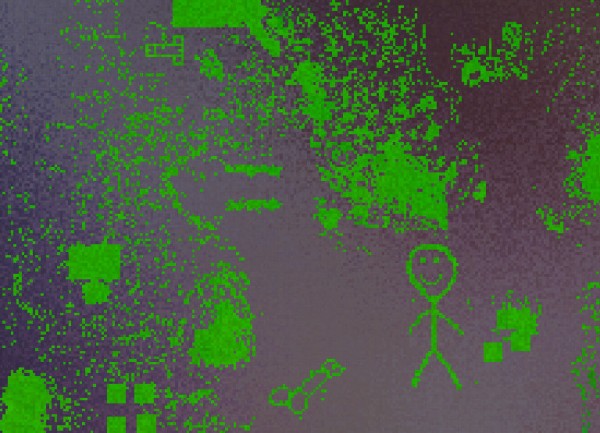
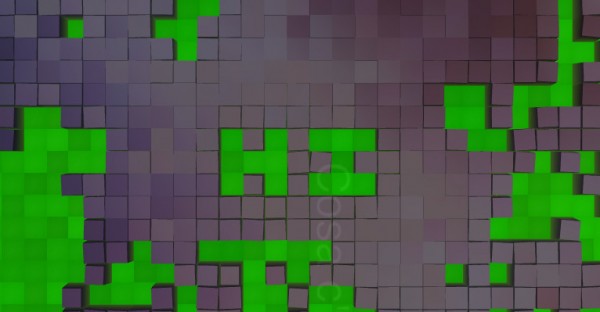
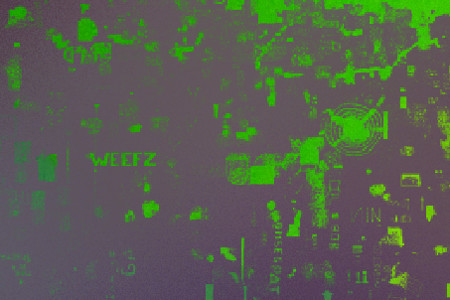
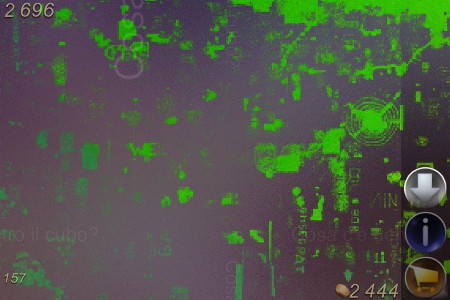
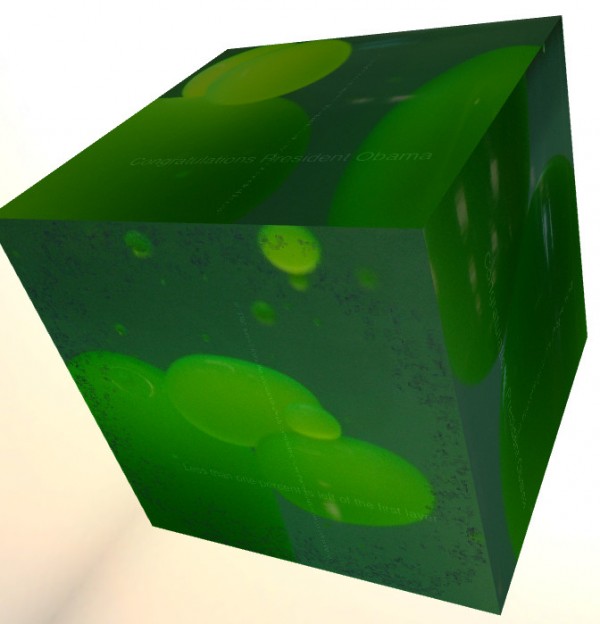
3 Comments